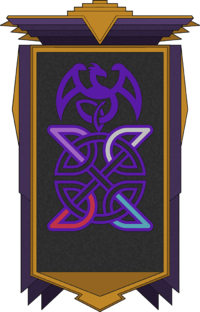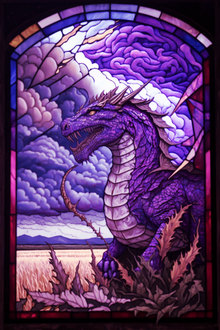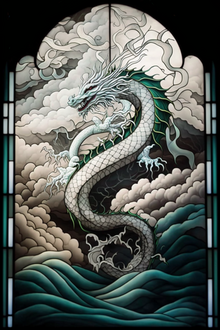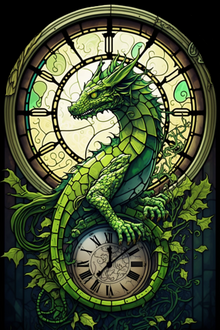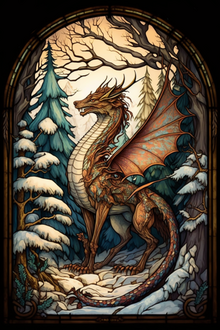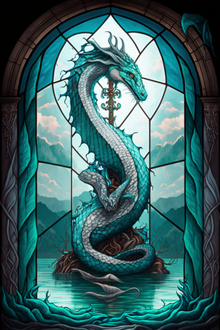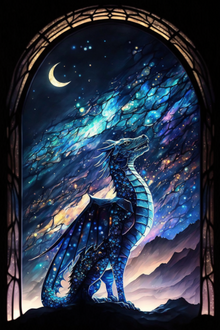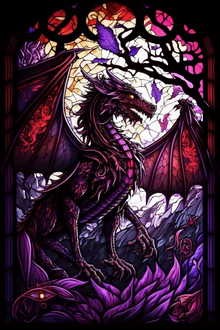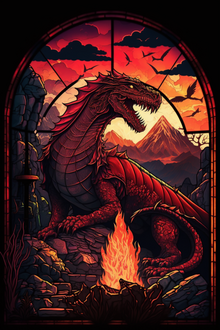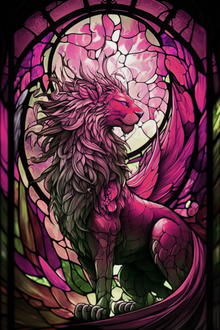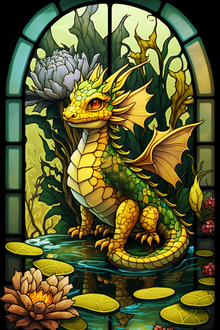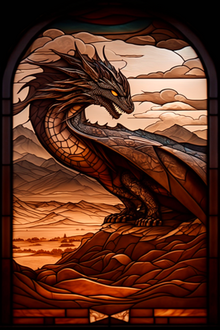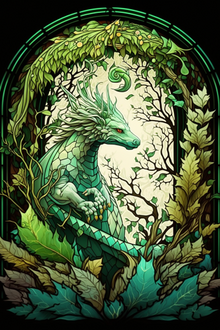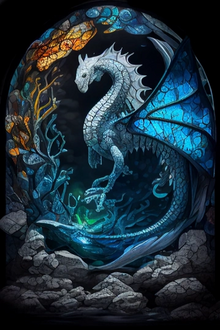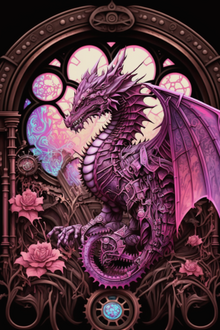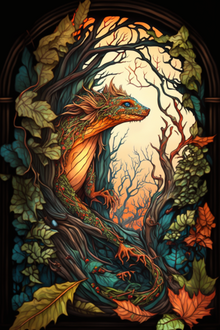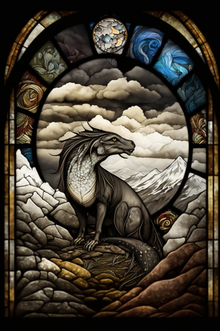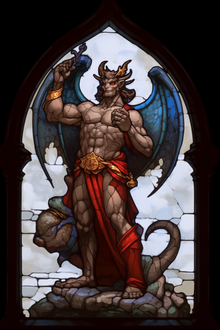More actions
No edit summary |
No edit summary |
||
| Line 170: | Line 170: | ||
|[[File:Turkishdragon.png|220px|thumb|left]] | |[[File:Turkishdragon.png|220px|thumb|left]] | ||
| | | | ||
The War Dragons Uthan are unique when looking at other Dragons, because they are not a single Dragon, but rather a triplet of Dragons that are physically identical, but represent brothers and varying aspects of War. These three Dragons are called Aclan the Start of War, Imren the Height of War, and Erdil the End of War. The Uthan Dragons are exclusively worshiped by the [[ | The War Dragons Uthan are unique when looking at other Dragons, because they are not a single Dragon, but rather a triplet of Dragons that are physically identical, but represent brothers and varying aspects of War. These three Dragons are called Aclan the Start of War, Imren the Height of War, and Erdil the End of War. The Uthan Dragons are exclusively worshiped by the [[Savaşanlar Ailor]] in their homeland, both as secular rulers, and divine entities. The War Dragons, similar to Severena, have established a form of political control over their followers, but unlike Severena, this extends to political control where the Dragons rule like Emperors over law and order. The War Dragons are also more unique, in the sense that they always appear humanoid and bipedal, even with Draconic features. Due to the Savaşinları people believing Dragons made them (and the Dragons even claiming this), it is generally accepted by draconic scholars that the War Dragons created the Ailor Race, which connects well with their tendency towards war, but took their personal followers south. The War Dragons survived the Denial of Immortality, but became aged and decayed from the event, spurring many of their faithful into the wider world to seek a cure to bring back the glory days of the Brother-Wars between the Dragons. The War Dragons are Occult-exterminating extremists, with their society being entirely Archon, and aimed towards the destruction of Occult, much like Caius. | ||
|} | |} | ||
</td><td style="vertical-align: top; width: 50%;"> | </td><td style="vertical-align: top; width: 50%;"> | ||
Revision as of 16:28, 15 April 2023
Origins
Dragon Worship or Dregodar is commonly believed to be the world’s oldest Religion, one that is uniquely shared by many Races and potentially the most widely worshiped religion across the world, though not the most numerous as it is outnumbered by Estellon and Unionism. Dregodar as a term is often used to refer to Dragon Worshipers, but the term itself comes from western-dominated historical review. After all, the Sihai pre-dated the creation of the Dregodar, and other subsects of Races worshiped Dragons at the same time, perhaps even more numerously than the Elves did. Elven historical telling however dominated the school of historical narration in the west, and as such, this term has become synonymous with it, literally translating to "people of the Dragons". Dragon Worship has undergone some changes over the millennia, and it is generally assumed that what is considered modern Dragon Worship, is nothing like older versions of Dragon Worship, as this religion changes radically with the times and needs of its worshipers. It is unique in the sense that Dragons have worked with and assisted the faithful, but never acted within their own capacity as gods, and occasionally even vocally rejected the idea of of their own divinity. Dragon Worship has more recently exploded back into the public eye, because of relaxing of religious laws, revealing just how pervasive and enduring Dragon Worship actually was, even in the very strongly Unionist Regalian Empire. Finally, it is very important to stress that while evidence exists that implies that Dragons are the true source of creation on Aloria that contradicts the narrative of other Religions, this information is easy to generalize and take out of context, and even the Dragons are quick to say that these things are more nuanced. Dragon worship is not the only ontologically correct Religion, all other Religions are equally as valid, even if Dragon Worshipers can sometimes appeal to a sense of smug superiority in a deeper world understanding.
Core Identity
Dragon Worship is not a traditional Religion with tenets per se, though some of the faithful do find the idea of styling their own life goals, ambitions, and virtues after those of the Dragons. The primary theme of Dragon Worship is preservation of life, or more specifically the cycle of life. To Dragon Worshipers, life itself is the purest expression of spiritual existence, and an act directly ordained by their Gods, the Dragons, who they see as the creators of everything. In the views of Dragon Worshipers, Dragons create life, and are directly responsible for creating all the Races on Aloria, as well as shaping the terrain and circumstances in which these Races live. Their mission for life extends itself as such as a defense against Void Invasions historically speaking, but also the wider issue of Occult mutations and corruptions in creation. To Dragon Worshipers, creation made by Dragons is perfection, and the Occult is a poison that ruins and destroys that perfection and turns creation into abomination. It is important to note that the preservation of life is applied selectively and not whole-sale against any form of death. For example, diseases are "natural" to Aloria, as is the free will used to murder someone, and as such, these forms of death are considered part of the cycle of life, and giving birth to future souls yet unborn. It's important to stress that not all Dragon Worshipers see the duty to life as an ordained mission to stop any and all death, but rather that they selectively decide what types of death are part of the cycle of rebirth, and which ones are corruption, which more often than not tilts against the favor of the Occult. Even with Dragon Worship, there is a great deal of variety between the various Dragon Gods about how to deal with the Occult. The Dragons are roughly divided between a number of Policies concerning the Occult, each with small variations of the same ideas, listed in the God listing below. Unlike other Religions Dragon Worship does not have a traditional concept of Vices and Virtues, though many do style themselves after the enlightened intellect of Dragons as role models. Dragon Worship does have an afterlife, which is the Soul Rivers controlled by Armina.
Worship
Worship among Dragon Worshipers is complicated to pin down, because there is no single adopted method of actively worshiping a Dragon or praying to them. Many Dragon Worshipers perform whatever ritual, custom, or habit that they are personally comfortable with. Some have tapestries depicting the Dragons, others have statues, and others yet only symbolize the dragons on a necklace. Worship can occur in groups or on an individual basis, and there is no real "book" on how to perform worship or how to be a good believer. The only real structure that exists in Dragon Worship, is that each Dragon Throne (a term used to define a Draconic leader and God) has a so-called Matron (which can be any gender) to represent their personal will among the people. These Matrons hold some high position in the faith, but also don't strictly have authority over the faithful, they just communicate the wishes of the Dragons and are as such considered respectable. Any person can become a Dragon Priest, being a Dragon Priest just involves understanding the ideologies and ideals of the Dragons, and being able to fulfill spiritual belief and desire among the faithful in group or individual settings.
Dragon Gods
|
|
|
|
|
|
|
|
|
|
|
|
|
|
|
|
Trivia
- Dragon Worshipers can change their preferred Dragon Throne, but tend to generally stick with one for their entire lives. Changing a Throne is not seen as something shameful, but continually doing it over and over is. It is also considered shameful if it is done on a whim, as opposed to a major life event.
- It is sometimes believed that Dragon Worship is compatible with Emended Unionism because Regulus being Cedromar is also a God in that pantheon, however this is not the case. Emended Unionism has some views about the Occult that are incompatible with Dragon Worship, and also generally prescribes to a more dogmatic life than Dragon Worshipers would tolerate. There may however be friendly relations between the two religions, which can be seen in Anglia where Regulus worshiping Isldar and Ailor live side by side with Emended Ailor.
- Infantilization or imitation of Dragons where not part of racial Abilities is considered taboo among the Dragon Worshipers. Imitation through mutations of Draconic features however is considered flattery. Dragons are however immensely offended, if their worshipers keep mini-dragon-like creatures as pets. Any religion would find this grossly offensive.
| ||||||||||
